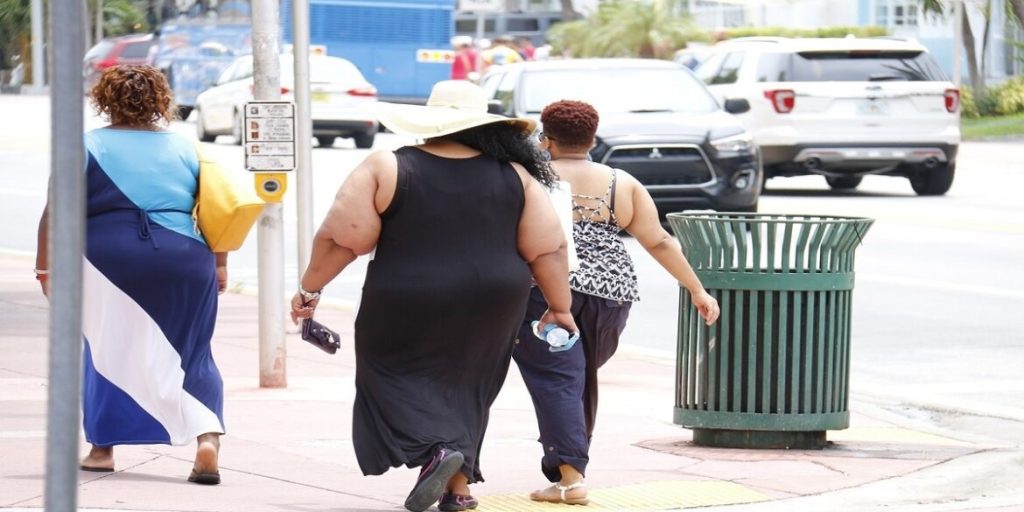Recent data from WalletHub, a financial analytics company, reveal stark disparities in overweight and obesity rates across U.S. states, with Southern states—especially in the Southeast—ranking highest for obesity nationwide. The study evaluated key indicators such as obesity prevalence, nutritional habits, and physical fitness levels among residents.
Obesity remains one of the most pressing public health challenges in the United States. The Centers for Disease Control and Prevention (CDC) defines obesity as a Body Mass Index (BMI) of 30 or above. The condition is closely linked to several serious illnesses, including diabetes, heart disease, and strokes—making it a national health priority. According to CDC data, 40.3% of adults were obese between August 2021 and August 2023, with the highest rates among those aged 40–59, while one in five children and two in five adults suffer from obesity.
West Virginia ranked first in WalletHub’s list of the most obese U.S. states, with 42% of residents classified as obese and 31% overweight. The state also records the highest obesity rates among teens and the second-highest among children. This trend correlates with high incidences of related diseases such as type 2 diabetes, heart disease, and high cholesterol. West Virginia also shows the nation’s highest consumption of sugary drinks among teens and low physical activity levels.
Southern States Top U.S. Obesity Rankings
Mississippi ranks second, with 40.4% of adults classified as obese and 31.1% overweight. It has the highest child obesity rate and the second-highest teen obesity rate, along with leading rates of hypertension and strokes. Nearly half of Mississippi residents don’t eat a daily serving of fruit, and one in four consumes less than one serving of vegetables per day.
Arkansas follows closely, with 40.5% of adults obese and 31% overweight. The data also show low fruit and vegetable intake and high sugary drink consumption, especially among teens.
Experts link the high obesity rates in the South to several structural and socioeconomic factors—most notably poverty, food insecurity, and rural residency, which reduce access to healthy foods and fitness facilities.
According to Dr. Solveig Cunningham, a global health expert at Emory University, “These regions exhibit higher unemployment and poverty rates, leading to greater obesity and diabetes prevalence.” She adds that areas with lower obesity rates typically have better access to grocery stores, parks, fitness centers, and primary care doctors.
Experts Cite Poverty and Inequality as Key Drivers of Southern Obesity Crisis
Historical and social factors also play a role. Studies suggest that the legacy of slavery and social exclusion continues to impact health outcomes in parts of the South, contributing to obesity-related health disparities.
Conversely, states like Colorado, Utah, Massachusetts, California, and Hawaii have the lowest obesity rates, thanks to higher physical activity levels, strong health-conscious cultures, and elevated income and education levels that enable healthier lifestyles.
WalletHub’s rankings were based on three main indicators:
-
Prevalence of obesity and overweight,
-
Health outcomes associated with both, and
-
Nutrition and fitness patterns.
While Gallup data indicate a slight nationwide decline in obesity rates, experts caution that the outlook remains uncertain due to worsening food insecurity, reduced support programs, rising pollution, and the high cost of modern weight-loss drugs like Ozempic, which remain out of reach for lower-income Americans.

